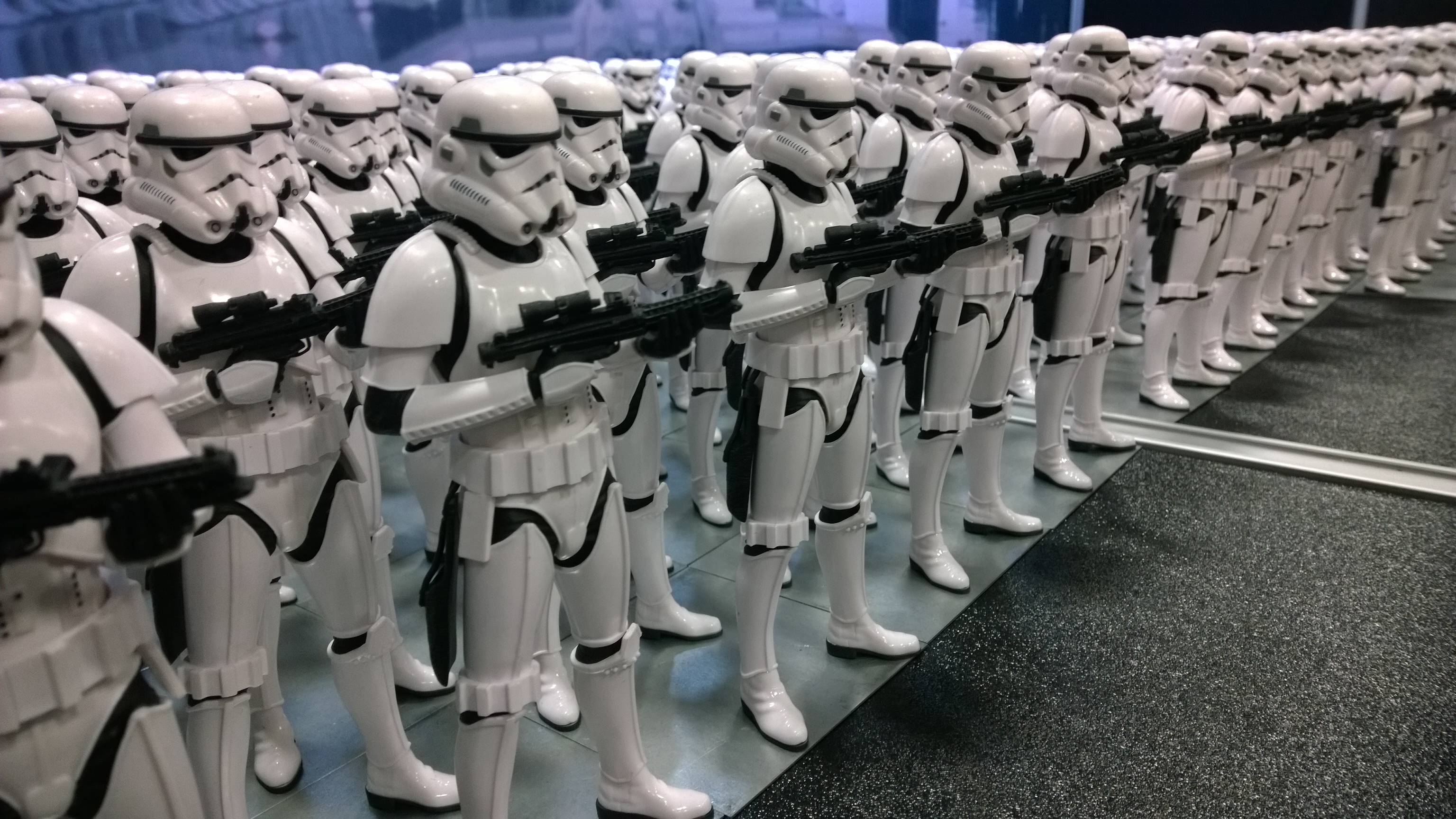Today, over at BetaNews, my colleague Mark Wilson asks:
“Twitter may be within its rights to block ISIS beheading content, but is it right?” The social service did more—suspending accounts for some users who shared the gruesome video depicting the slaughter of front-line journalist James Foley, who was held in captivity for about two years. Mark writes:
Twitter has a responsibility to allow events to unfold without intervention. The sheer number of people using the site means that it is possible to get a fairly balanced view of what is going on in the world—do a little research and you should be able to find supporters of every side of just about any story or argument. But for this to work, censorship just cannot happen.
I agree but see far darker implications with respect to news reporting.
In June 2009, I posted: “Iran and the Internet Democracy“. Then, during protests in Tehran, Twitter and YouTube played vital roles disseminating news in real time and demonstrating how social services were transforming journalism by in part turning anyone into an editor, news gatherer, or broadcaster.
I explained:
The best reporting wasn’t from CNN or many news organizations but Flickr, Twitpic, Twitter and YouTube. The tweets (hashtag #iranelection), images and videos poured out in real time. Where is CNN getting some of its best material? Citizen journalists, likethis story and images from CNN’s citizen-driven iReport.
But the videos—captured by compact digital cameras and cell phones—tell the story of unrest that only quieted today. Example: This 40-second video of young woman, Neda Soltan, dying. It’s seared into my psyche, like the image of the student standing before tanks in Tiananmen Square a decade ago. The video is raw and unfiltered. It’s the kind of footage that only a few years ago professional news organizations could capture and broadcast—and there would have been tight control over when and how it was broadcast and copyrights against redistribution. Now, people can self-broadcast to YouTube.
Now what? Twitter takes the role of editor and censor—like the news organizations’ power structure it usurped? Twitter either is a platform for free speech or it it isn’t. There is no pick and choose, if free speech is the goal—what justifies suspending accounts for people who use the platform for free speech?
If Twitter isn’t a platform for free speech, it’s time for the company to publicly acknowledge the limits of its role—and time for people seeking free expression to popularize a service that will let them share without news content restrictions.
James Foley’s murder is news. The sacrifice of his life and the risks he took to report news from dangerous places mean less if they are obscured by censorship. His death can motivate others to act—to wake from sleep—and inspire others to be as courageous.
But how will they know, if the video is suppressed? How will they be inspired to report, if the news they produce from dangerous places is repressed—censored by services like Twitter and YouTube?
I am a strong advocate of free speech. Comments to my BetaNews stories are testament. I am ridiculed, demeaned, character assassinated, lied about, and more. But I never censor a comment. Each comment is part of the social dialogue that extends the storytelling.
Mark Wilson asks the right question. If Twitter wants to be a platform for free speech, the answer to his question is easy: “No”, Twitter’s actions are wrong. More disturbingly, the service steps into the role of editor elite, like the monopolies of news power Twitter and services like it displaced—by enabling free dissemination of information.
But no longer.
